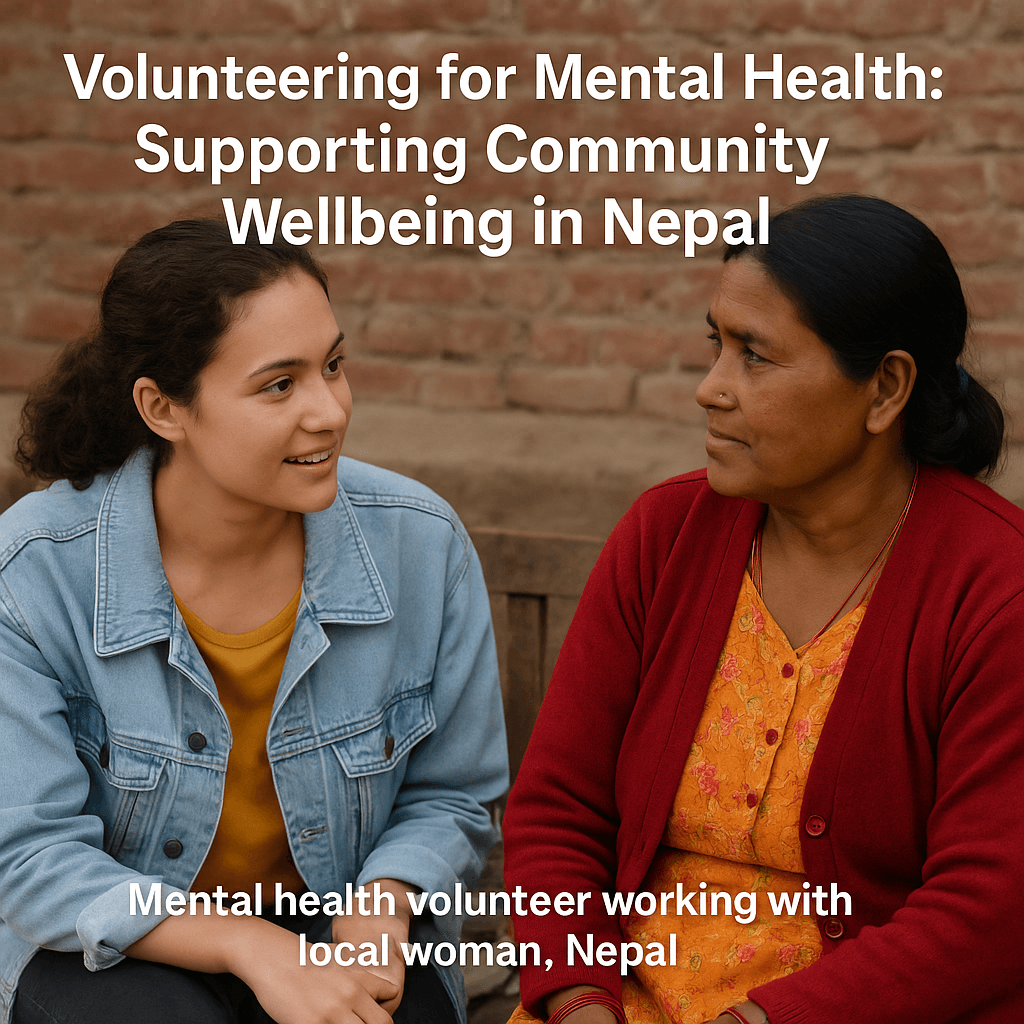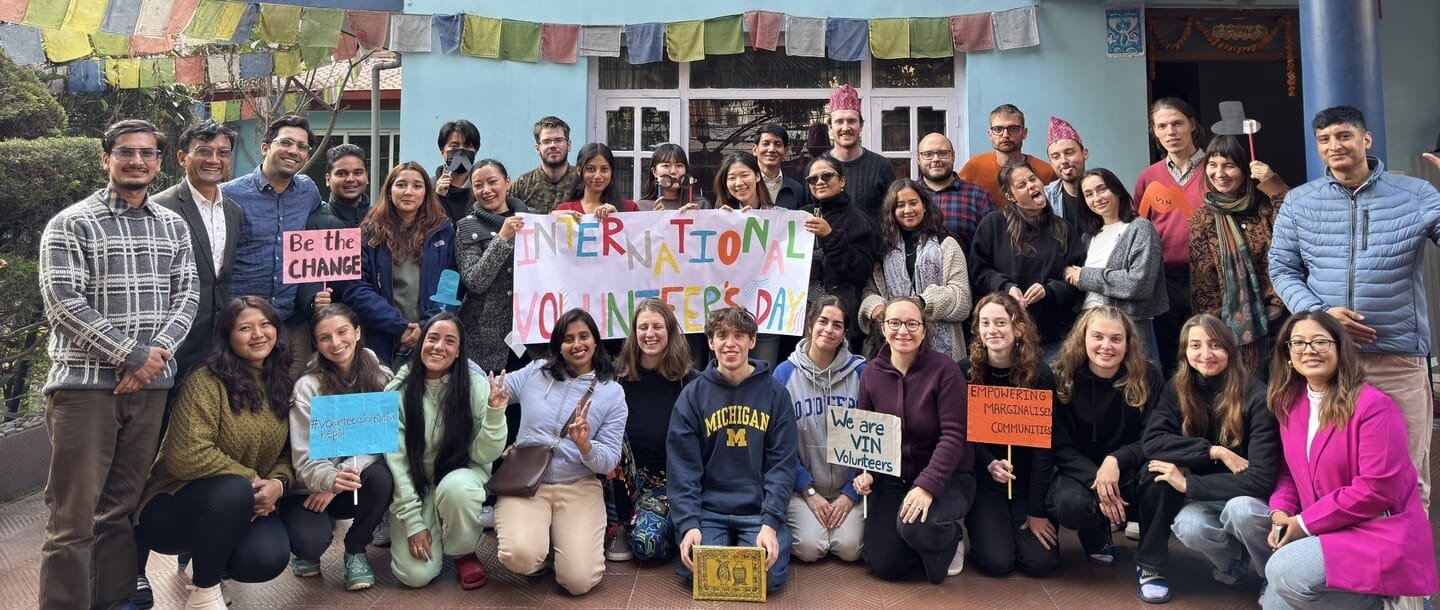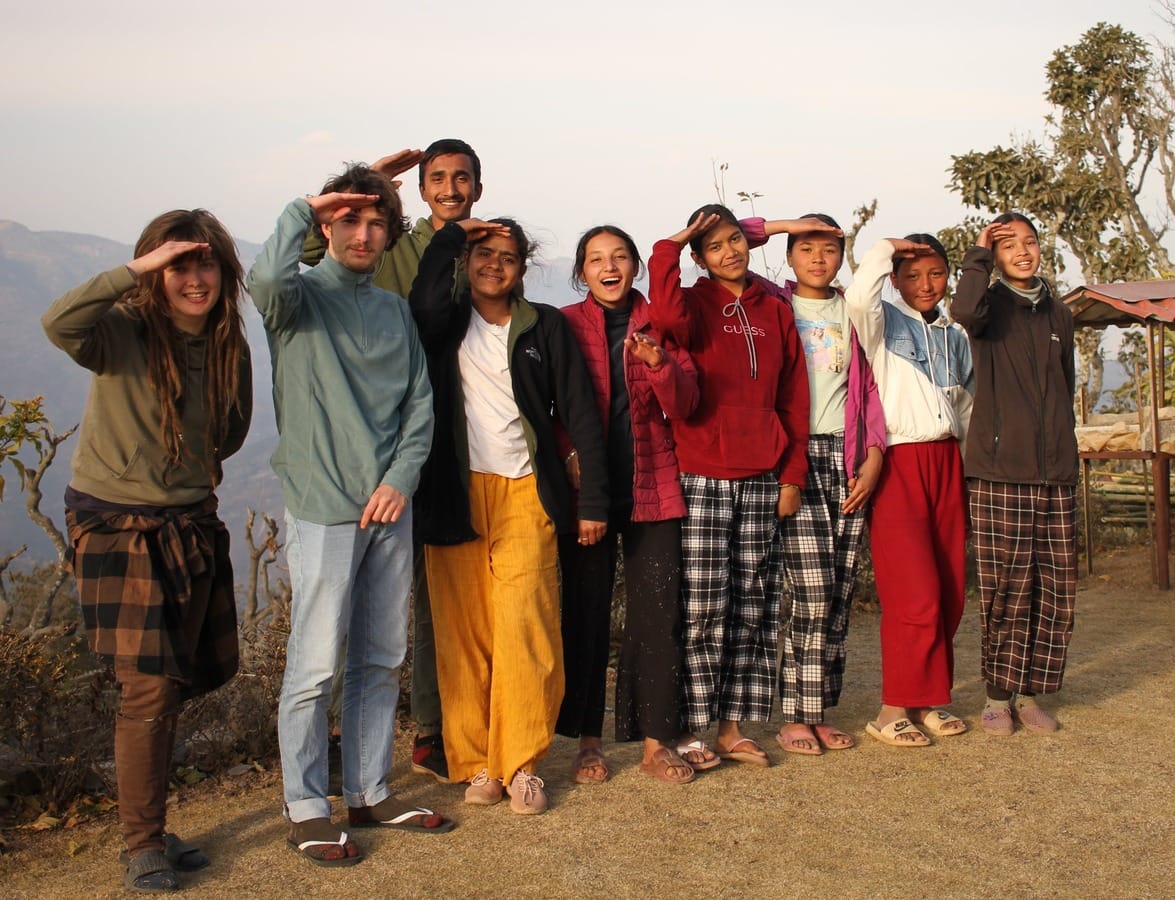Mental health has long been an overlooked aspect of global health, especially in countries like Nepal, where mental health resources remain scarce. Yet, mental health volunteering is rapidly emerging as a vital movement, bridging gaps and fostering community resilience. If you’ve ever wondered how to make a real impact while immersing yourself in Nepal’s rich culture, joining community mental health volunteer programs offers an inspiring, meaningful opportunity.
In this article, we’ll explore how volunteering for mental health in Nepal supports community well-being, highlight success stories from international and local volunteers, and share practical insights on how you can get involved. Whether you’re a seasoned mental health professional, a compassionate volunteer, or simply curious about the cause, this comprehensive guide will shed light on the transformative power of mental health support volunteering.
Why Mental Health Volunteering Matters in Nepal

Nepal is home to nearly 30 million people. Yet, studies estimate that about 15-20% suffer from some form of mental illness, often unaddressed due to stigma, lack of awareness, and limited access to care. According to the World Health Organization (WHO), mental health disorders rank among the leading causes of disability in Nepal.
Despite government efforts, the shortage of trained professionals and facilities means many Nepalis rely on community networks for psychosocial support. Here is where mental health volunteering can genuinely make a difference.
Bridging the Gap: The Role of Community Mental Health Volunteer Programs
Community-based programs empower local volunteers and international helpers alike to:
- Raise awareness and reduce stigma through education
- Provide psychosocial support and counseling
- Create safe spaces for volunteer mental health for youth and vulnerable groups
- Train community members as mental health advocates
Such grassroots efforts amplify mental health education and accessibility, often in remote and underserved regions.
The Spectrum of Mental Health Volunteer Opportunities in Nepal
Volunteering roles vary widely, ensuring a place for those with different skills and interests. Common opportunities include:
- Mental health awareness volunteer roles, conducting workshops and campaigns
- Youth mental health volunteering, focusing on schools and youth clubs
- Providing direct psychosocial support to individuals and families
- Becoming a volunteer mental health counselor with guidance and training
- Participating in mental health advocacy, volunteering to influence policy and social attitudes
- Joining mental health volunteer internships that blend learning with service
All these roles contribute uniquely to community wellbeing and personal growth.
Success Stories from ViN Volunteers and Beneficiaries
Volunteers worldwide have shared powerful testimonials about their experience in Nepal with Volunteers Initiative Nepal (ViN).
Emma, UK: “From Fear to Hope”
“I came as a mental health volunteer intern with no prior experience in counseling. ViN’s training was excellent, and I quickly realized the importance of our presence. I helped establish youth support groups in rural Kathmandu. Witnessing shy teenagers open up about their struggles and transform their outlook was life-changing.”
Carlos, USA: “Learning and Healing Together”
“Mental health support volunteering in Nepal taught me about resilience. Working alongside local volunteers, I helped run awareness sessions. The most touching moment was when a mother thanked us because her son, once isolated by depression, now smiled again.”
Sophia, Australia: “Building Safe Spaces”
Creating safe spaces, volunteer mental health was the highlight of my trip. In a community where mental health is taboo, our group provided a rare sanctuary. The genuine gratitude we received was humbling and inspiring.”
Mark, Canada: “More Than Just Volunteering”
“Mental health education volunteer work gave me insight into how communities deal with trauma post-earthquake. I realized mental health volunteering is not just about counseling, but building community strength.”
Local Beneficiaries’ Voices
- Sita, Kathmandu: “The youth mental health volunteering program gave me confidence. I now mentor others and speak openly about my anxiety.”
- Ram, rural Nepal: “The volunteer mental health counselor helped me understand my depression. I’m grateful for this second chance.”
- Anju, Chitwan: “Through mental health awareness volunteer activities, my village learned to accept and support people with mental illness.”
How Mental Health Volunteer Training Empowers You
One challenge many volunteers face is a lack of mental health expertise. ViN and other organizations provide thorough mental health volunteer training covering:
- Basics of mental health and common disorders
- Communication skills and active listening
- Cultural sensitivity and stigma reduction
- Techniques in psychosocial support volunteering
- Crisis response and referral systems
This training ensures volunteers feel confident and competent while respecting local customs and needs.
Tackling Youth Mental Health Through Volunteering
Youth represent a large part of Nepal’s population and face unique pressures — from academic stress to social isolation and trauma. Youth mental health volunteering programs often focus on schools, colleges, and youth centers to:
- Conduct peer education on mental health
- Develop recreational and creative outlets
- Promote healthy coping mechanisms
- Identify at-risk individuals early
Such programs build resilience and empower young people to be mental health advocates.
Community Wellbeing and Mental Health Advocacy Volunteering
Actual change goes beyond individuals; it requires systemic shifts. Community wellbeing volunteer roles often involve:
- Engaging local leaders and government officials
- Organizing mental health fairs and community dialogues
- Promoting policy reforms and improved services
- Partnering with health providers for integrated care
These efforts amplify the voice of mental health in society, challenging stigma and opening pathways to treatment.
The Impact of Psychosocial Support Volunteering
Psychosocial support volunteering is about helping people cope with daily stress and emotional challenges. Volunteers provide:
- Active listening and emotional support
- Guidance on practical life skills
- Group therapy and peer support sessions
- Referral to professional help when needed
The ripple effect is a community better equipped to face challenges and recover from trauma.
What to Expect from Mental Health Volunteer Internships
For those seeking immersive experiences, mental health volunteer internships offer structured programs with mentorship, skill-building, and hands-on work. Benefits include:
- Exposure to diverse mental health issues and settings
- Collaboration with professionals and local volunteers
- Cultural exchange and personal growth
- Certificates and references for future careers
Internships are ideal for students, graduates, or anyone considering a mental health career.
Addressing Common Questions About Volunteering for Mental Health in Nepal
1. What qualifications are needed for mental health volunteering?
For many roles, no formal qualifications are required; training is usually provided. Backgrounds in psychology, social work, or education help, but aren’t mandatory.
2. How long do mental health volunteer programs typically last?
Programs range from 2 weeks to 6 months or longer. Longer commitments allow for deeper involvement and impact.
3. Can I volunteer if I don’t speak Nepali?
Many programs provide interpreters or bilingual training. Basic Nepali helps, but is not always essential.
4. What kind of support do volunteers receive?
Training, orientation, local mentorship, and ongoing supervision are common. Safety and well-being are prioritized.
5. Are mental health volunteer roles suitable for first-timers?
Yes, many roles are designed for beginners with no experience, especially with proper training.
6. How do volunteers handle challenging emotional situations?
Training covers self-care, boundaries, and referral protocols to protect volunteers’ mental health.
7. How can I apply for mental health volunteer opportunities in Nepal?
Reputable organizations like ViN have transparent application processes on their websites. Early application is encouraged.
Actionable Tips to Prepare for Your Mental Health Volunteering Journey
- Research and choose credible community mental health volunteer programs.
- Complete any pre-departure training or orientation.
- Cultivate empathy, patience, and cultural sensitivity.
- Stay open to learning from local communities.
- Prioritize self-care to maintain your well-being.
- Engage with fellow volunteers for mutual support.
- Document your experiences to inspire others.
Why You Should Choose ViN for Your Mental Health Volunteering Experience
ViN’s proven track record in Nepal offers comprehensive mental health support and volunteering with real impact. Their holistic approach includes:
- Robust mental health volunteer training
- Diverse volunteer roles tailored to skills and interests
- Collaboration with local communities and government
- Continuous support and mentorship for volunteers
- Strong focus on sustainability and capacity building
As a ViN volunteer, Mark reflects:
ViN truly cares about empowering both volunteers and communities — it’s not just volunteering, it’s creating lasting change.
Final Thoughts: Your Chance to Be Part of Something Bigger
Volunteering for mental health in Nepal is not just about service but connection, growth, and hope. By joining mental health volunteering initiatives, you help foster a future where communities prioritize mental wellbeing. Together, we can break the silence and build resilience, one person at a time.
Join Us
Are you ready to make a lasting difference? Join Volunteers Initiative Nepal today as a volunteer, intern, or donor. Please help us expand community mental health volunteer programs, spread awareness, and create safe spaces for those in need. Share this article with your friends and family to inspire more changemakers. Your journey toward meaningful impact begins now!
























 Member of
Member of